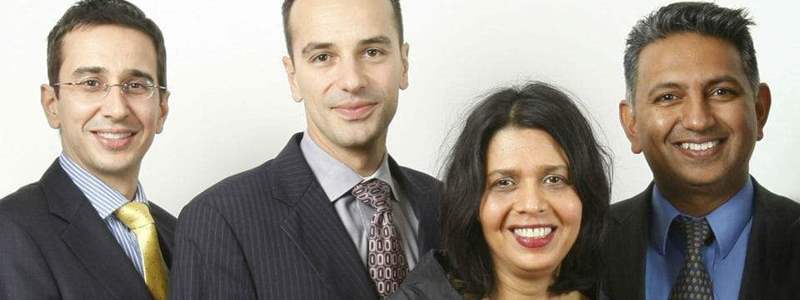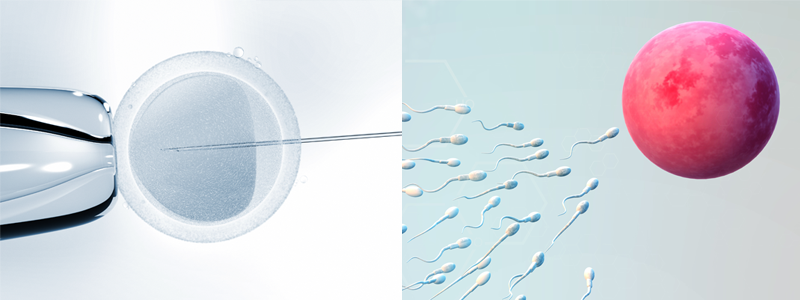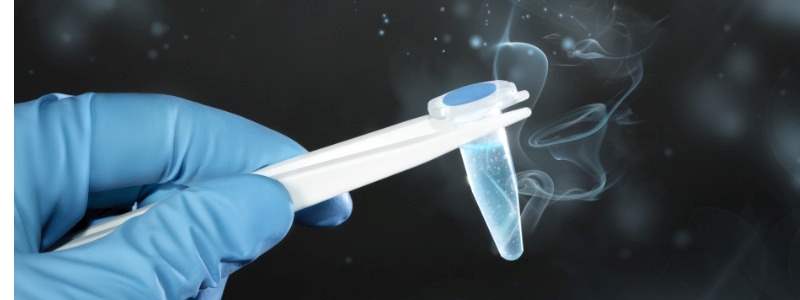The pioneers of Natural and Mild IVF have devised a new way of treating women which aims to significantly reduce the stress and health risks of IVF treatment. Segmentation of IVF cycles is designed to be better for the woman’s health and the health of the resulting offspring and improve the chances of implantation.
The world of IVF treatment, a surprisingly male-dominated industry, has been little changed for decades. As thousands of women go through punishing treatment regimes each year, little thought is given to their welfare of women and the health of any resulting children, as the drive for success rates can push clinics to administer more and more stimulation in the hope of chasing ever bigger numbers. IVF, like the school system, relies on the statistics being in your favour. After all, IVF is big business and the numbers matter. In fact, for most patients looking into IVF, success rates and prices are the most sought-after information in helping them decide on their clinic.
In an increasingly competitive industry clinics have fallen into the trap of chasing success rates to such an extent that they often neglect other forms of success such as good long-term outcomes and fewer health risks to potential mothers and babies. The reality is that most women undergoing an IVF cycle will not be successful, and clinics have a responsibility to ensure that as well as increasing their chances of having a baby, they do not damage a woman’s long-term health if they don’t succeed. This need has led to a revolution in the field of IVF, as leading clinicians turn their backs on the more popular aggressive way of doing IVF and turn instead to a method less reliant on the use of high drug doses.
These alternative ways of doing IVF, known as Natural and Mild IVF, rely on working within a woman’s own cycle, rather than seeking to manipulate it. The development of new ultrasound technology such as Doppler and improvements in endocrinology means that the cycle can be closely and qualitatively monitored and that high doses are not needed to get good results. Now the pioneers of Natural and Mild IVF have taken this further by developing a new approach and segmenting IVF cycles. In conventional IVF, the woman’s cycle is shut down into effectively a temporary menopausal state before she is given very high dose stimulating drugs to re-start her cycle to ripen multiple eggs. After undergoing this hormonal rollercoaster, between one to three embryos resulting from egg collection and fertilisation are then put back into the womb within the same stimulated cycle. As one might imagine, the uterine environment after a month’s worth of intense drugs is not the healthiest environment for a developing embryo. It has indeed been found that the womb lining can be less favourable to implantation after high stimulation. There are many factors such as immunological disruption, an unfavourable oestrogen: progesterone ratio, and changes in blood flow/hormones/chemicals, all of which can damage an embryo’s chance of implantation. Besides which, a woman having undergone such a lot of treatment is likely to be exhausted after egg collection and possibly suffering from side effects of high stimulation.
With the segmentation of cycles, patients are treated with Mild IVF, which includes only 5-9 days of stimulating drugs in their natural cycle, before the eggs are collected. These are then fertilised and any resulting embryos are frozen. The woman is sent home to rest and recuperate before coming back to the clinic in a future month in a Natural cycle, where the embryos are put back. This means that the embryos are put back into a stress- and chemical-free environment which should be more conducive to implantation.
The benefits of segmentation with Mild IVF are clear: it is better for the health of the mother, the embryos and the baby. Women undergoing conventional IVF are at a higher risk of developing Ovarian Hyperstimulation Syndrome (OHSS), a potentially fatal side-effect of treatment in its severe form. Mild IVF reduces the risk by minimising stimulation and removing the use of Human Gonadotrophin Hormone (hCG), and its shorter protocol makes for a far less stressful treatment process. The physical, psychological and emotional toll of IVF treatment should not be ignored, and the process of segmentation goes some way to reducing these. The segmentation approach also gives women a high chance of success, especially as vitrfication technology means that frozen embryos have a very high chance of survival. Last but not least, the health of any babies born as a result of treatment is improved, as it has been found that mean birth weight is significantly higher after natural cycle implantation. The future long-term health of children is protected along with the long-term health of the mother.






